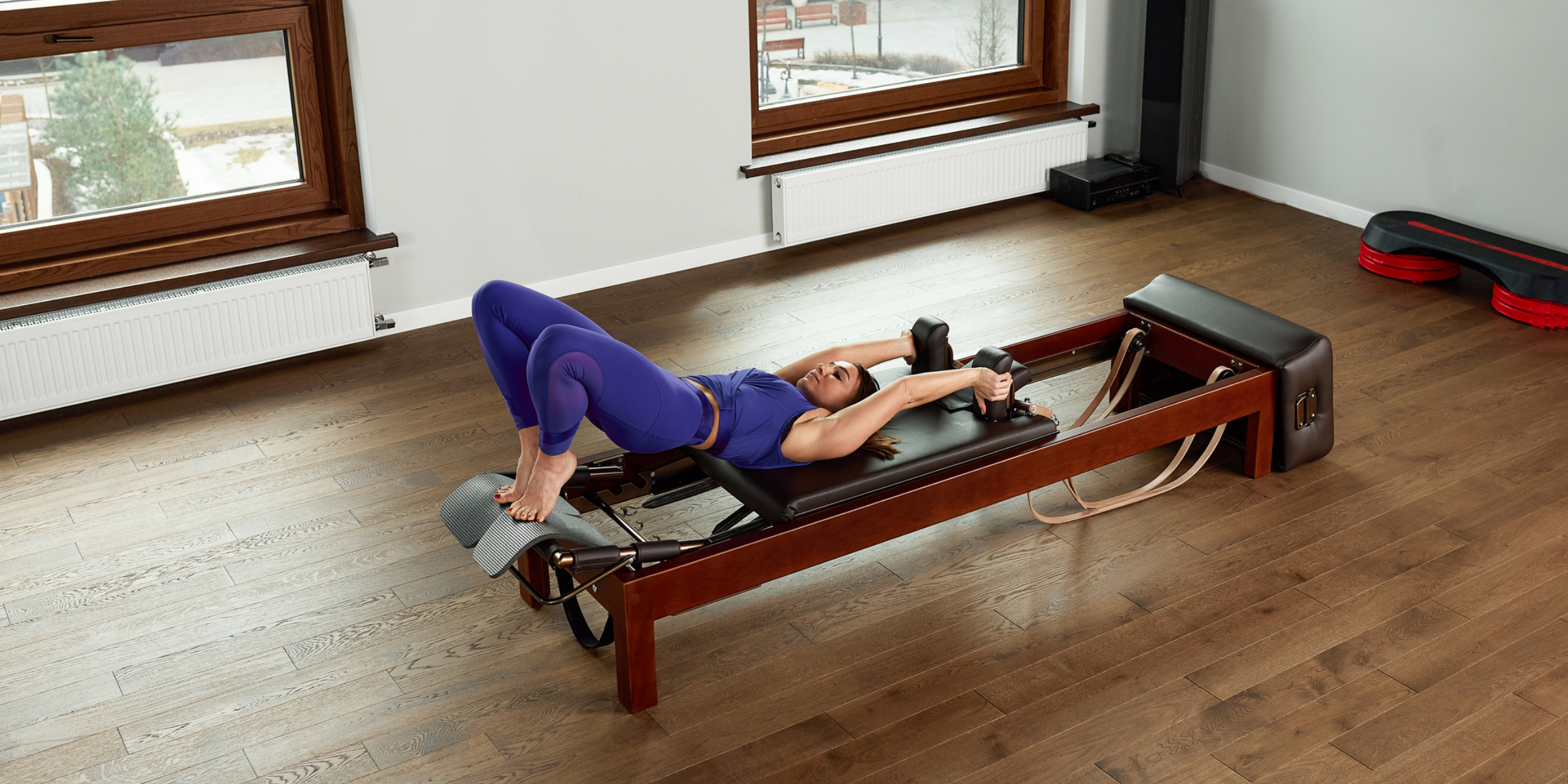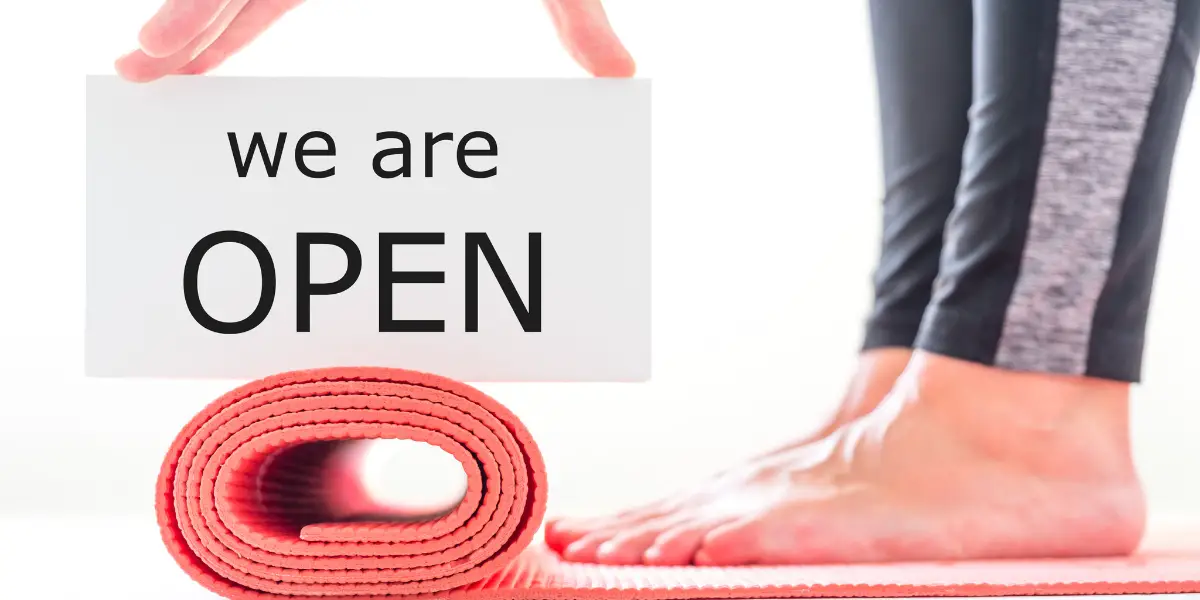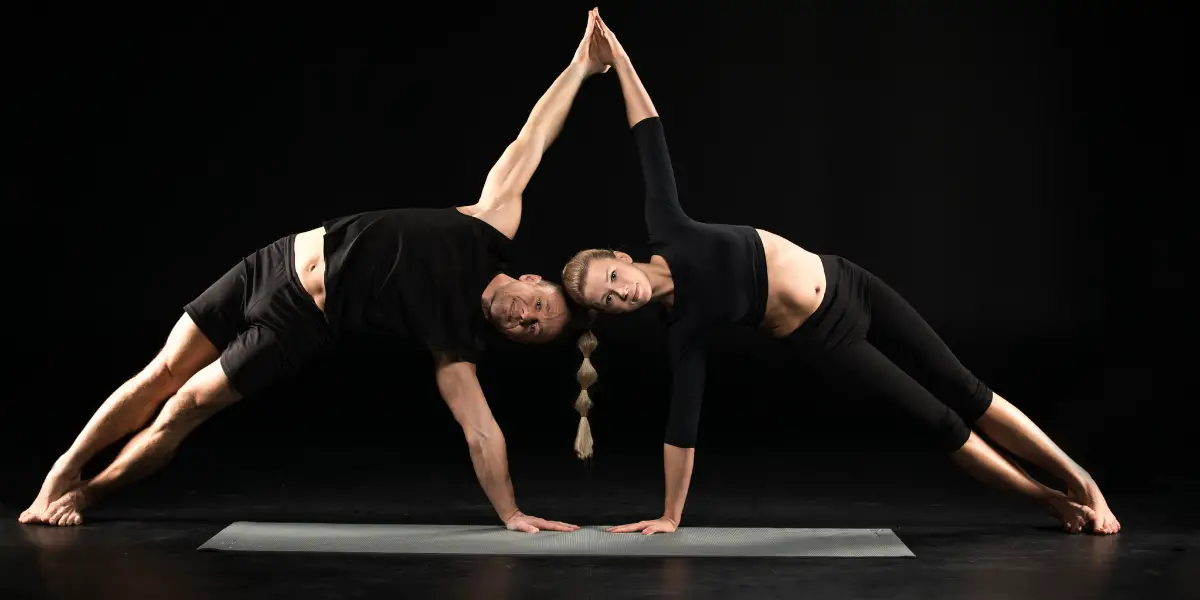With their sleek design and intricate spring systems, Pilates Reformer machines have revolutionized how we approach body conditioning.
Yet, not all workouts are created equal, nor should the resistance they offer. Customizing the springs on your Pilates Reformer can transform your routine, ensuring it aligns perfectly with your strengths, goals, and progress.
Dive into the world of tailored resistance and discover how adjusting those springs can elevate your Pilates experience.
Understanding the Basics of Reformer Springs
The Pilates Reformer is a unique apparatus characterized by a sliding carriage whose movement is controlled by its attached springs. These springs determine the resistance of exercises and are central in allowing users to challenge and engage their muscles effectively. Springs on the Reformer come in different strengths, often differentiated by color, and by selecting the appropriate combination, users can customize the intensity of their workout.
Another factor in determining resistance is the spring bar’s position. Adjusting its location closer or further from the carriage changes the exercise’s leverage and difficulty.
Unlike traditional weights, the springs on a Reformer offer dynamic resistance. This means the tension changes as the spring is stretched or compressed, leading to a nuanced workout experience.
The foundational principles of Pilates, such as centering and precision, are deeply connected to how the springs function.
In this system, the springs do more than just offer resistance; they provide the necessary feedback that guides the practitioner’s mindful movements. Overall, understanding the basics of Reformer Springs is essential for anyone looking to maximize their Pilates routine.
Benefits of Tailoring Resistance to Your Needs
In Pilates, as with any fitness modality, one size does not fit all. Personalizing the resistance on a Pilates Reformer allows for a workout that aligns seamlessly with an individual’s capabilities and objectives. Here are the key benefits of fine-tuning the spring resistance to cater to your unique needs:
- Optimized Muscle Engagement: By adjusting the resistance, you can target specific muscle groups more efficiently. Whether you want to strengthen the core, legs, or arms, the right resistance ensures optimal muscle engagement and prevents under or overexertion.
- Personalized Progression: As you grow stronger and more adept in your Pilates journey, your resistance needs will change. Tailoring springs lets you progress at your own pace, gradually increasing resistance as your strength and endurance evolve.
- Reduced Risk of Injury: Using the correct resistance can significantly reduce the chances of strain or injury. It ensures that you’re neither overstretching nor under-challenging your muscles, maintaining a balance essential for safe workouts.
- Enhanced Mind-Body Connection: When resistance is tuned to your capability, you can better focus on the precision of movements and breathing patterns. This deepens the mind-body connection, a fundamental aspect of Pilates.
- Improved Workout Satisfaction: There’s a certain satisfaction in completing a workout tailored to your needs. Adjusting spring resistance ensures that every session is challenging yet achievable, leading to a greater sense of accomplishment.
- Adaptable for Special Needs: Whether recovering from an injury, managing a health condition, or navigating pregnancy, custom resistance allows for modifications that cater to individual requirements, making Pilates more inclusive and adaptable.
The beauty of the Pilates Reformer lies in its adaptability. By tailoring its spring resistance, you ensure a safe, effective workout and are uniquely attuned to your body’s needs and aspirations.
Step-by-Step Guide: Adjusting Your Springs for Optimal Challenge
Pilates enthusiasts know that the Reformer is a versatile piece of equipment, but its full potential is unlocked when you adjust the springs to suit your needs. Here’s a simple step-by-step guide to ensure you’re getting the right resistance for an optimal challenge:
- Start with a Warm-Up: Before adjusting any springs, begin with a brief warm-up on the Reformer to prepare your muscles. This will also give you a baseline feel for the current resistance.
- Identify the Springs: Familiarize yourself with the different spring colors and strengths. Typically, yellow indicates light resistance, blue is medium, red is heavy, and green is very heavy. However, these can vary by manufacturer, so always refer to your Reformer’s manual.
- Determine Your Starting Point: If you’re new to the Reformer or returning after a break, starting with a lighter resistance is wise. As you gain strength and familiarity, you can increase the resistance gradually.
- Adjust the Springs: To change the resistance, unhook the springs you don’t want from the spring bar and attach the ones you do. Ensure they’re securely fastened before beginning any exercise.
- Test the Resistance: Before diving into your routine, test basic movements like footwork or leg presses. The resistance should challenge you but not strain or cause discomfort.
- Factor in Exercise Type: Some exercises, like planks or arm work, require different resistances. Be ready to adjust springs between exercises if needed.
- Regularly Re-Evaluate: Your strength and endurance will increase as you progress in your Pilates journey. Make it a habit to re-evaluate your spring settings every few weeks to ensure you’re continually challenged.
- Safety First: Always ensure the springs are securely attached before starting any exercise. Also, avoid abruptly releasing the carriage, which can cause wear and tear on the springs over time.
Remember, the goal is to balance challenge and safety. Adjusting the springs to your needs will enhance your workout experience, reduce the risk of injury, and ensure consistent progress.
Safety Tips and Best Practices for Spring Customization
Customizing the springs on your Pilates Reformer is essential for a tailored workout experience. However, safety should always be at the forefront of any adjustments. Here are some guidelines to ensure you’re making modifications safely and effectively:
Understand Your Equipment: Before making any changes, take the time to understand your Reformer thoroughly. Familiarize yourself with the different parts, especially the springs, and how they connect and function. The user manual is an invaluable resource in this regard.
Inspect Springs Regularly: Like any equipment, Springs can wear out over time. Regularly inspect them for signs of damage, rust, or unusual wear. If a spring appears compromised, replace it before using the Reformer.
Secure Attachments: Always attach the springs to the spring bar and carriage. A loose or improperly fastened spring can lead to uneven resistance or snap during an exercise.
Gradual Adjustments: Instead of making large changes in resistance all at once, consider adjusting the springs incrementally. This allows your body to gradually adapt to the new resistance, reducing strain or injury risk.
Listen to Your Body: While seeking a challenge in your workouts is natural, listening to your body’s signals is crucial. Adjust the springs accordingly if you feel pain (not to be confused with the discomfort of exertion) or any unnatural strain.
Seek Expert Guidance: If you need more certainty about the right resistance for a particular exercise or your current fitness level, consult a Pilates instructor. Their expertise can guide you in making safe and effective adjustments.
Avoid Sudden Releases: Avoid releasing the carriage abruptly when working on the Reformer. Such sudden movements can strain the springs and lead to premature wear.
Store Properly: When not in use, ensure the Reformer is stored in a place free from moisture or extreme temperatures. This helps prolong the springs’ life and keep them in optimal condition.
By adhering to these safety tips and best practices, you can ensure a productive and safe workout experience, making the most of your Pilates Reformer while prioritizing your well-being.
Sources:
https://theteaser.peakpilates.com/reformer_spring_resistance_the_basics/
https://www.pilatesequipment.fitness/what-is-the-best-pilates-reformer-i-should-buy-and-why/
https://www.thealignmentstudio.com.au/everything-you-need-to-know-about-reformer-pilates/




